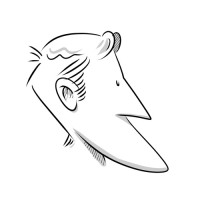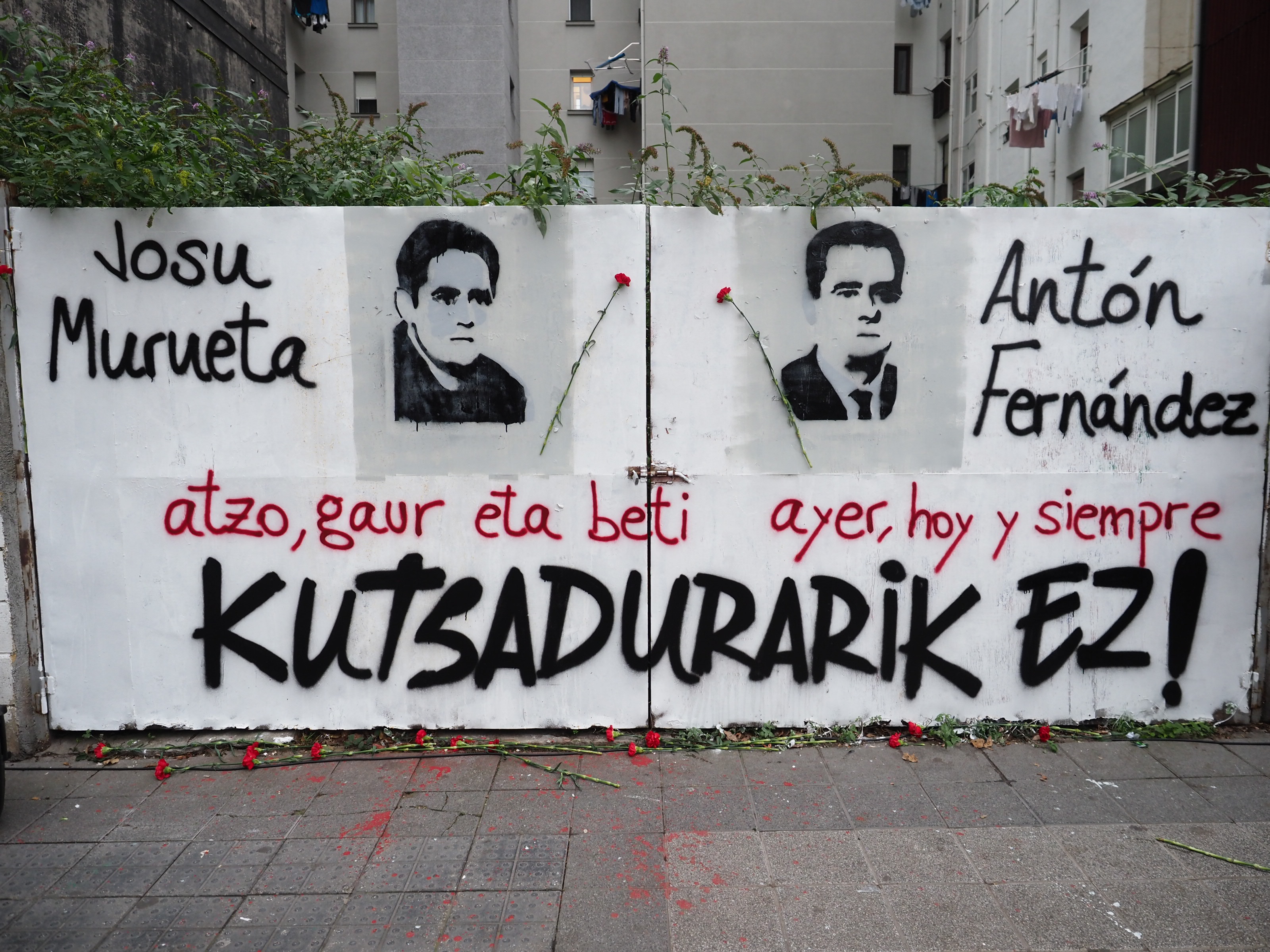Lacq: smoke, 136 deaths and epidemiological study maintained by the authorities
- For half a century, the inhabitants of Lacq in Biarno have been infected by the exploitation of gas deposits. The University of Bordeaux showed that mortality in the Valley increased by 14% between 1968 and 1998, but the authorities have hidden the report and have not given continuity to epidemiological research. The environmental association SEPANSO, which has just denounced, has hung on the Internet the documents it has kept.
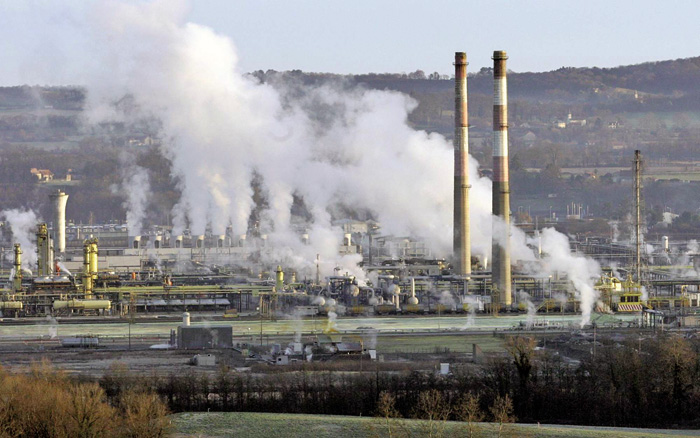
Lacq is a Basque who remembers the gas fireplaces seen on the motorway before Pau, for skiing in the French Pyrenees or the Virgen de Lourdes. Although most are now extinct, a few years ago they made a special stamp with fire between the Bearn bushes and the pastures filled with cows, about 20 kilometers from Zuberoa.
Found in 1951, the gas found in the underground began to explode in 1959 with the great media revolt of then, from 1965 to the houses of French cities to propagate it in pipelines. The gas involved investments in Bearn, the smell of money heated the Pau economy, which was shaking.
The madness would last for twenty-five years, with the slowdown in production by 1987, when no one talked about fuel peaks or spikes, forced the Paris Government to organize a reconversion of the zona.En 2013 industry ended the production of the last gas pipeline. Now multinational Total says they experience the excessive accumulation of CO2 that destroys the climate in depleted gas deposits there.
From the very beginning, Lacq's gold lattice also traversed the ass: 16% hydrogen sulfide (sulfide acid) and 12% CO2. As corrosive gas could not be used in homes, Total arranged a complete methyldiethanolamine technology to extract sulfur at a million tons a day. But any risk seemed to bear him patiently, as Biarno had to become the new Eldorado of the late 20th century.
In 1960, the Paris-Match Weekly dedicated a report to the miracle of Lacq, showing in the photographs of Maurice Jarnoux – which you can see on the internet – the local authorities of the school, which bring all citizens on the street or in the hostel as at home… While gas refining techniques are being developed, at any time, fatal fumes containing sulfur could be escaped 16%. But the world had forgotten for the following week the shocking Paris-Match report.
For years, Elf and Total refineries poured 700 tons of sulphur a day. And in 2002, when the Institute of Epidemiology and Development for Public Health (ISPED) of the Faculty of Medicine of Bordeaux investigated the damage caused by these discharges to the population from 1968 to 1998, it found that in 31 years, 136 people died more than the region of Lacq.
The Lacq region, which brings together some 60,000 people, was studied, divided into three concentric circles of 22,000 inhabitants each. The results showed that the closer the source of contamination, the more deaths increased. In addition, time worsened the problem: in the first decade respiratory chancellors increased by 34%, but since 1990 the number of deaths increased by 56%.
In the case of Cancer, in the area closest to the gas industry the deaths went from lower than in other areas in 31 years to between 30% and 40% more numerous.
How was it not going to cause a scandal? According to Michel Rodes of the SEPANSO, like the Government, the elected witnesses preferred to bury the matter silently because the consequences were too serious for public opinion. But 13 years later, in 2015, the French Court of Auditors recorded in its report in 2002 the saying of the University of Bordeaux: 136 deaths in the population under 65, increasing mortality by 14%. And ecologists have wanted to break with the omerical environment surrounding this issue by publishing two documents on the Internet: One in Donostia.
Don't research to not disturb people
The point is that the authorities have not only hidden information from the public, but have not continued the investigation of health risk since 1998. On the contrary, the French State and industry have commissioned BURGEAP, which specialises in the dismantling of nuclear power plants, to analyse the health risks to the population of five of the 140 or more pollutants emitted in Lacq.
Today, when most of Lacq’s underground gases are exhausted, 800 tons of sulphur and 900 tons of fluoride are not thrown into the air as in the old days. In the region, however, 23 large listed companies SEVESO continue to work and in all of them there are more than 210 sources of contamination n.Desde the delivery of the study by the ISPED has multiplied some pollutants: volatile organic compounds, polycyclic aromatic hydrocarbons, etc.
In 2002, the University of Bordeaux proposed further research. On the contrary, the ARS County Health Organization of Bearn, of its Basque Health Service Osakidetza-Servicio Vasco de Salud, stated: “Epidemiological research has been discarded due to lack of social demand, lack of availability and price”. Another argument by the senior ARS official: “The implementation of such a study poses a risk of breaches of social peace.” And this dark pearl: “It should be remembered that in the Lacq area there are very few people.” A more shameful formula for sacrificing the lives of citizens to industry ...
Although SEPANSO has spread the tests on the Internet, neither the Paris Government nor the elected Bearn officials have sought to retouch the cause of the poisoning. Only five have signed a letter asking the Government to continue with epidemiological research, a councillor of Laa Mondrans, Artix, Lasseube and Billère and the regional councillor David Grosclaude, who went on hunger strike to obtain the minimum support for the Occitan language.
On March 6, 2016, the journal La Republique des Pyrenees de Pau published: “The stench in the Lacq Valley: the neighbors cough again.” And a little bit later: “The population complains about the health effects of these very intense smells: headaches, nausea, skin and eye resentments, respiratory problems…”
In the same information of the newspaper, the company Inducq informs the citizens that its torture will be prolonged for a few days, as it will see the fire lama “BP4/3 in the fireplace”, day and night, since to clean a boiler it is necessary to pour gases. Harm to vulnerable people.
SEPANSO denounced: “There is a question of complicity between administration, elected officials and industry. So far they have done nothing but sing together that we have a ‘culture of industrial risk’ and spend year after year the warm dossier of Lacq’s gas.”
But, as the senior official said, what to investigate, because knowing the truth can break social peace.









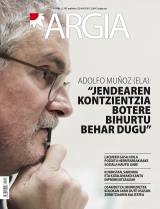

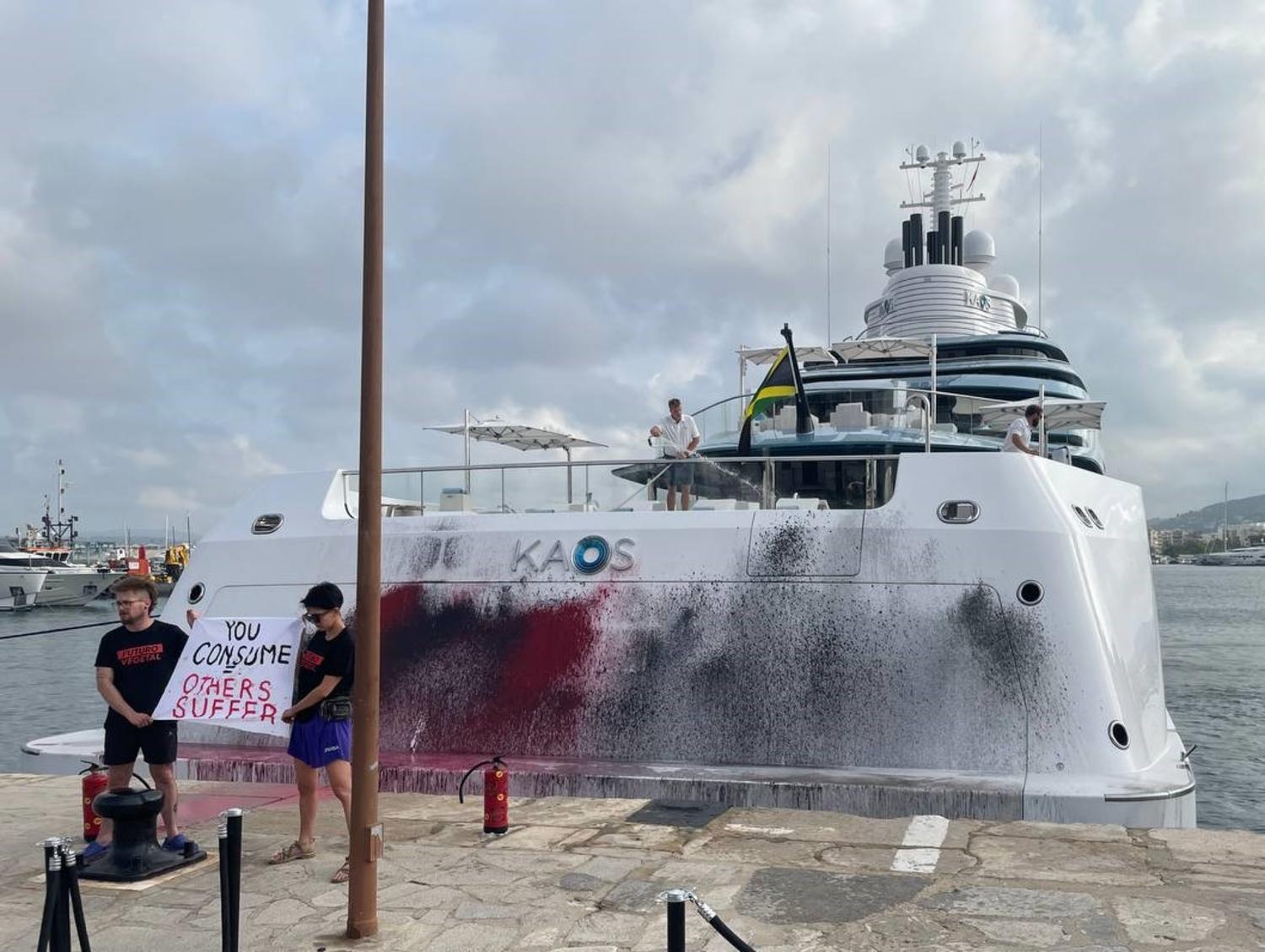


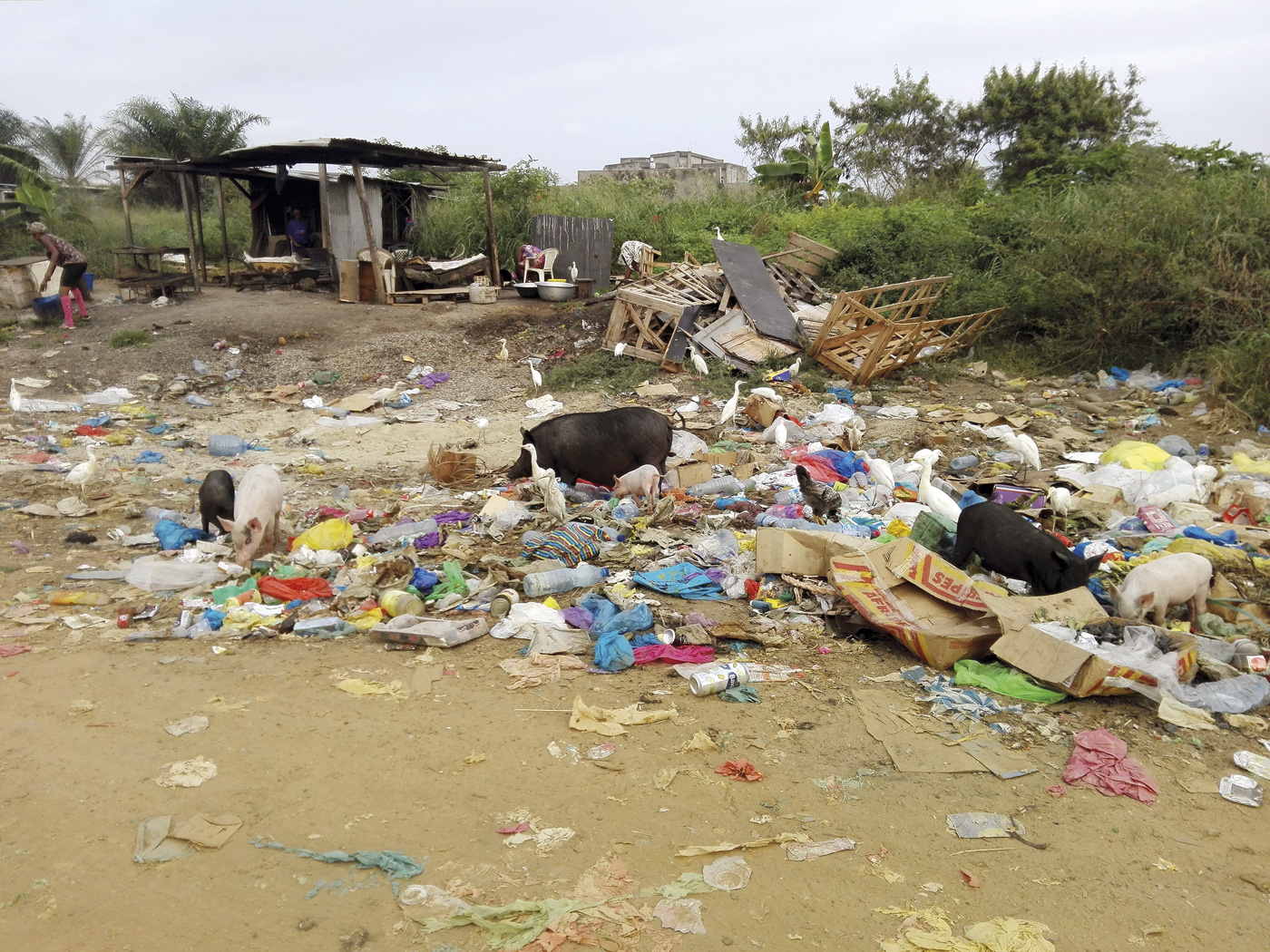


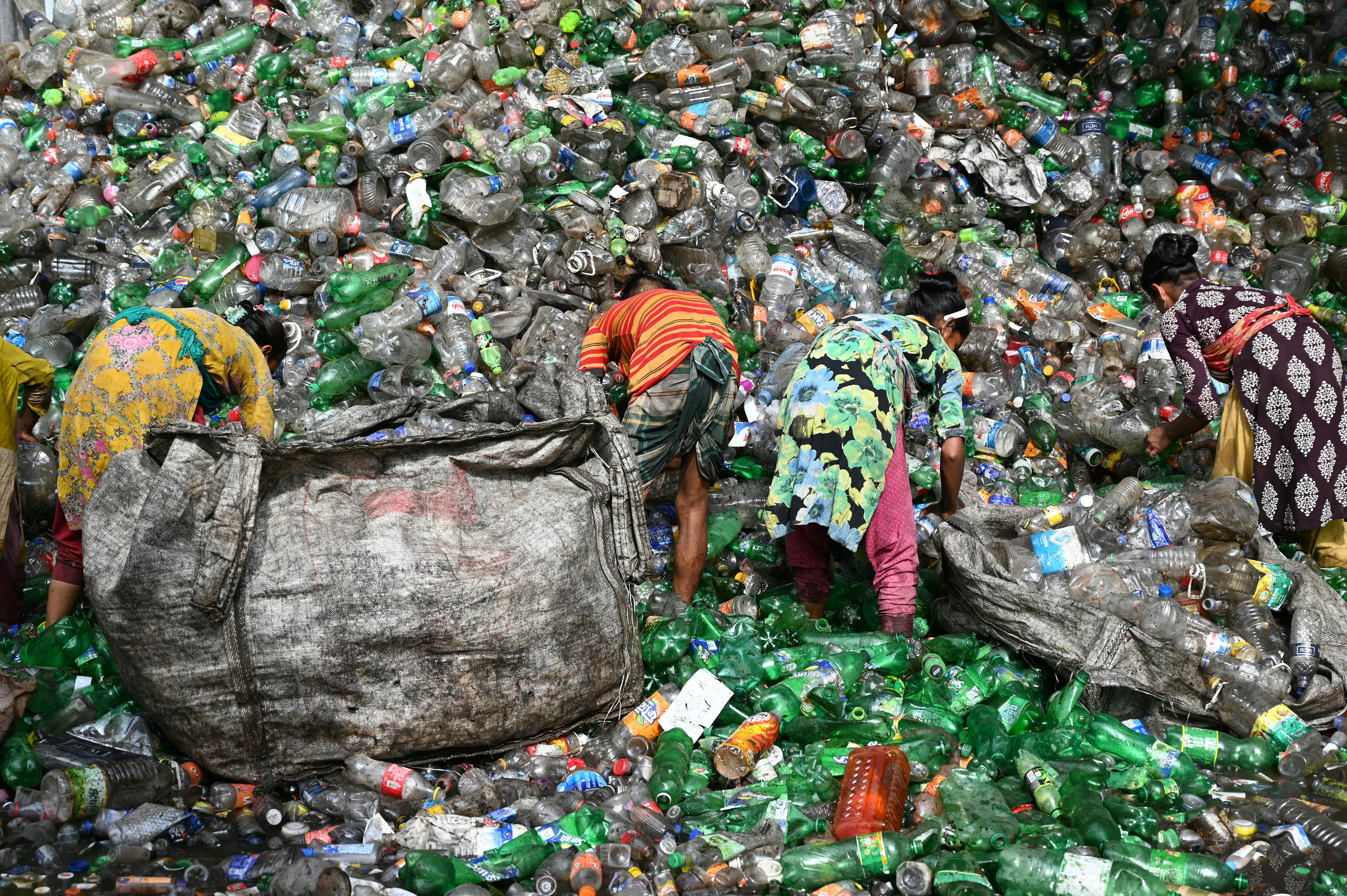
.jpg)

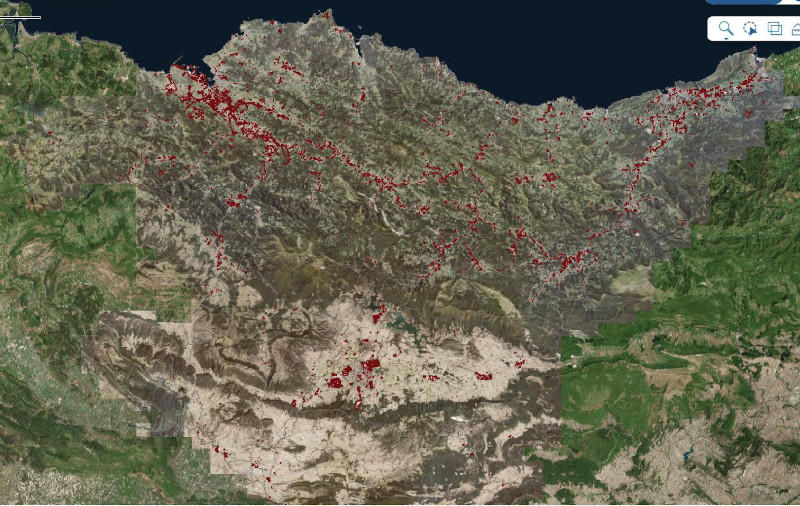
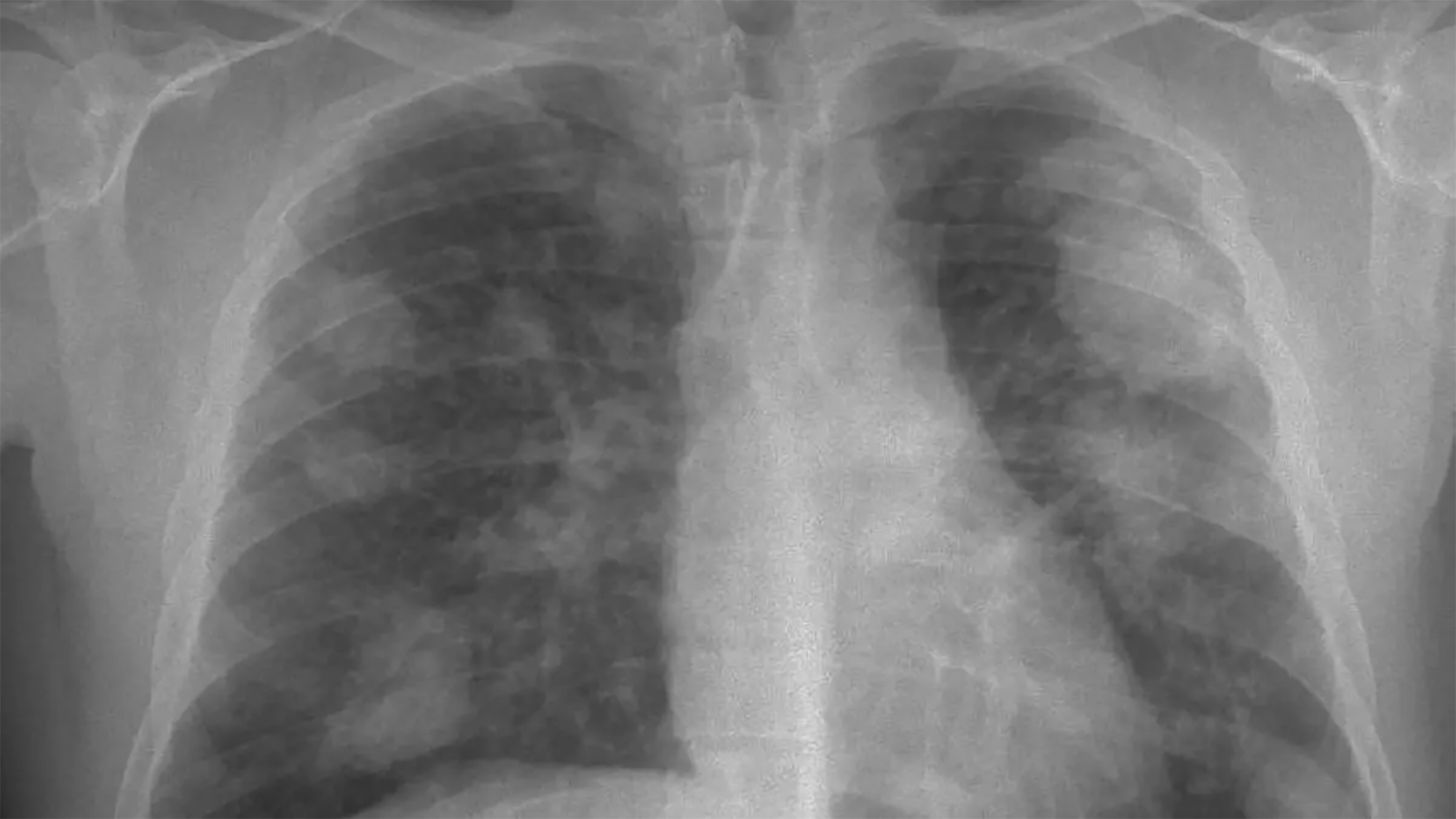
.jpg)

